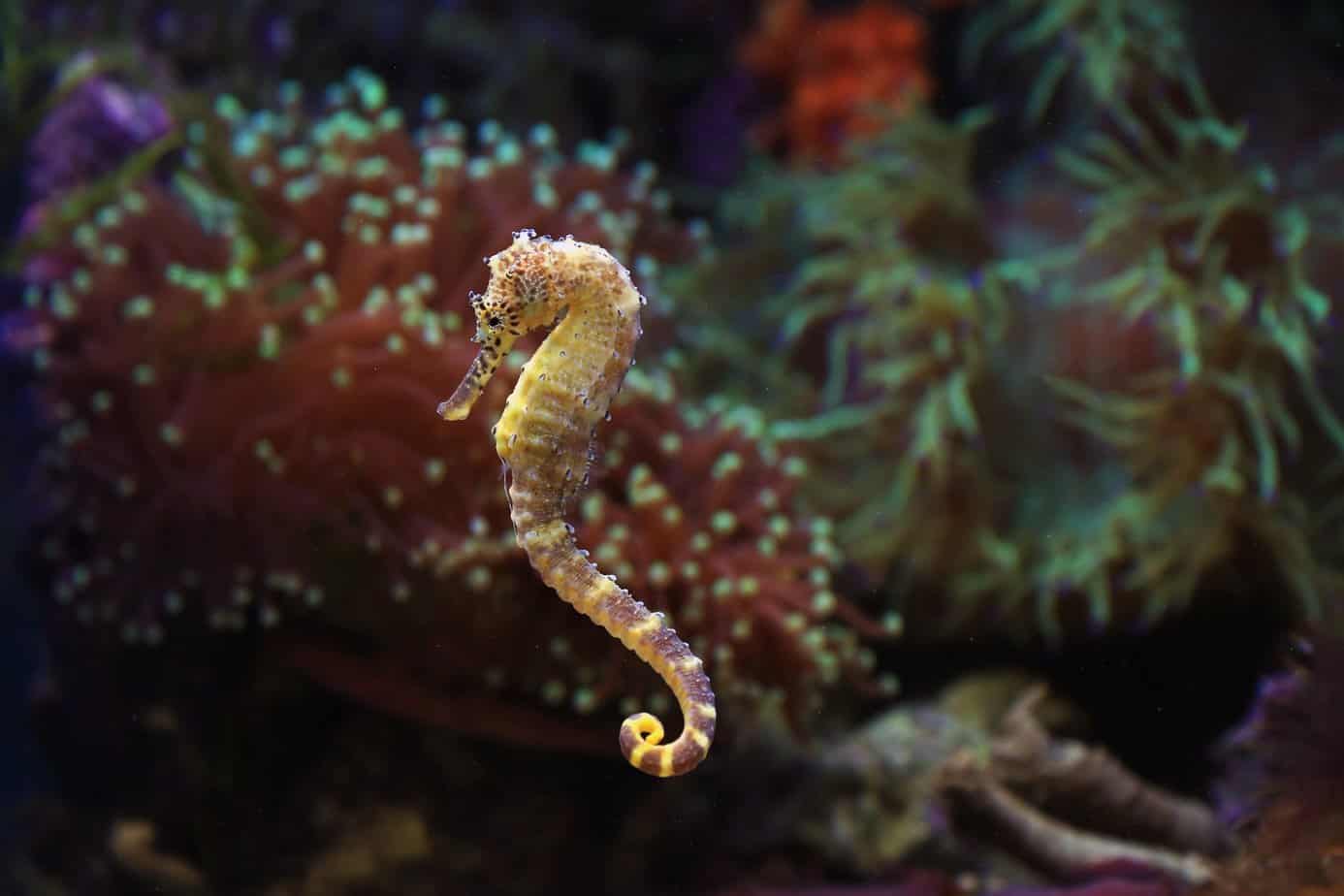
Our planet is inhabited by numerous creatures that live on land, in water, in the air and even underground. All these creatures differ from each other in many ways, including size. Big animals are always handy, while small ones are hard to find. We will talk about the smallest ones in today’s material.
This is one of those cases where the name speaks for itself. Imagine a bird the size of a bee, weighing at most 1.5 g and with a body length including beak and tail – 5 cm. The wings of the bee hummingbird are so small that it must flap them at 90 times per second to stay in the air. This hummingbird is the tiniest of all feathers known to man.
Pudu deer reach 30 cm at the withers, their length does not exceed 80 cm and their weight is 10 kg. These mottled creatures lead a forest lifestyle, and at night they go out to the sea to feed on algae. Unfortunately, because of its short legs, the Pudu is not able to move efficiently, so it often falls prey to predators. Interestingly, in order to save its skin from the enemy, the little creature can climb a tree and make sounds similar to a dog’s howl.
Brookesia Micra is the smallest known species of chameleon. The total length of the male rarely exceeds 0.5 cm, so its capture is quite a challenge. The chameleon lives in Madagascar. Its coloration is dark brown and becomes light gray under stress. The lizards live among decaying leaves during the day and climb trees at night.
The smallest known species of seahorse – measuring just 14 mm. Hippocampus denis inhabits the waters of the Pacific Ocean, hiding at depths of 90 m. To survive in the dangerous depths, the seahorse melds with coral reefs, turning its color orange.
This world’s smallest mammal ranges in length from 3 to 4.5 cm, 50% of which is on the tail. The baby shrew weighs at most 2.5 g. Despite its small size, the shrew is a predator, feeding on insects, including pests, to benefit the environment and humans. Because of its accelerated metabolism, the Etruscan shrew must eat twice as much food per day as it weighs. Just think: if it weighed as much as an average human, it would have to consume around 120 kg per day!
This snake living in Barbados is considered the smallest species of snake. It measures only 10 cm and is thin enough to squeeze through an opening 0.2 cm in diameter. The baby keeps away from other animals, seeking shelter under grass and stones, and the only place where it feels safe is in the forests that cover the eastern and central parts of the island of Barbados. This species of snake is sightless, and feeds on ants and termites. As intensive logging is taking place on the island, the species is threatened with extinction. Tetracheilostoma carlae is not venomous.
The bat owes its not very graceful-sounding name to its flat and fleshy snout, which is located between tiny eyes. Some representatives of other species of bats seem like giants in comparison with the little pigmy. In addition to the unusual face, the bat has wide and long wings. The animal has a reddish-brown coloration, and it feeds on insects.
main photo: pexels.com/Jeffry Surianto